Are you a charcoal artist? Searching for new ideas? Feeling stuck? Need inspiration? Look no more! Here are 40 inspiring drawing ideas in four general categories: People, Landscape, Animals, and Nature.
Kick-start your creativity! Surprise yourself. Get your creative juices flowing quickly. Restore the flow.
People
Drawing Successful Portraits
Drawing people with a stick of charcoal can be challenging, yet rewarding for dedicated artists. Mastering the techniques for creating lifelike likenesses while understanding human anatomy is key to creating stunning charcoal drawings.
Points to consider:
- Focus on light and shadows to add depth.
- Pay attention to shading to bring out features.
- Learn how to draw eyes, lips, noses, ears, and hair with precision.
Observe Unique Details:
Look closely and trace the nuances of facial features accurately to take your drawings up a level.
True Story:
An artist I know dedicated many hours to perfecting her charcoal portrait charcoal drawing skills. Not only did she learn to capture physical resemblance, but she also imbued her portraits with energy, personality, and character.
Eventually, her hard work paid off in private commissions, and she received recognition for her remarkable ability to bring life to her artwork. Her drawings on Instagram became an inspiration for other artists looking to master the art of drawing people using nothing more than charcoal, a blending stump, and a kneaded eraser.
Drawing people offers a rich tapestry of subjects and emotions to explore. Here are ten ideas for your drawings focusing on human subjects:
- Portraits in Emotion: Capture close-up expressions of various emotions, such as joy, sorrow, or contemplation. Pay attention to the subtleties in facial expressions.
- Daily Life Scenes: Sketch scenes from everyday life, like someone reading in a park, a street vendor, or a mother playing with her child. These scenes can be very relatable and poignant.
- Dancers in Motion: Illustrate the fluidity and grace of dancers. This could range from ballet dancers to traditional cultural dances, capturing movement and form.
- Historical Figures: Draw figures from history, giving your interpretation to their likeness and attire. This can be both educational and creatively stimulating.
- Musicians and Instruments: Focus on musicians playing their instruments, capturing their concentration and the dynamics of the musical performance.
- Athletes in Action: Depict athletes’ dynamic and powerful movements, such as a runner in mid-stride or a basketball player leaping for a dunk.
- Elderly Portraits: Draw portraits of the elderly, focusing on the life stories that their facial lines and expressions can tell.
- Cultural Diversity: Illustrate people from various backgrounds, highlighting traditional attire or cultural settings, and celebrating diversity.
- Mythical or Historical Reimaginings: Create your interpretations of characters from mythology, literature, or history, blending realism with your imagination.
- Silhouettes and Shadows: Experiment with silhouettes of people or shadows cast by their forms, playing with light and the mystery of partial visibility.
In each of these ideas, try to convey the physical appearance, mood, and story behind each subject. With its versatility in creating both sharp lines and soft shades, Charcoal can be a powerful medium to express these nuances. Remember, art is not just about replication but also about interpretation and emotion, so infuse your personal touch and perspective into each piece.
Landscapes
Drawing Natural Scenery
Artists who wish to capture the beauty of the natural world often utilize the subject of natural scenery. There are key elements to focus on when drawing natural scenery. These include understanding chiaroscuro, incorporating foliage, and creating texture.
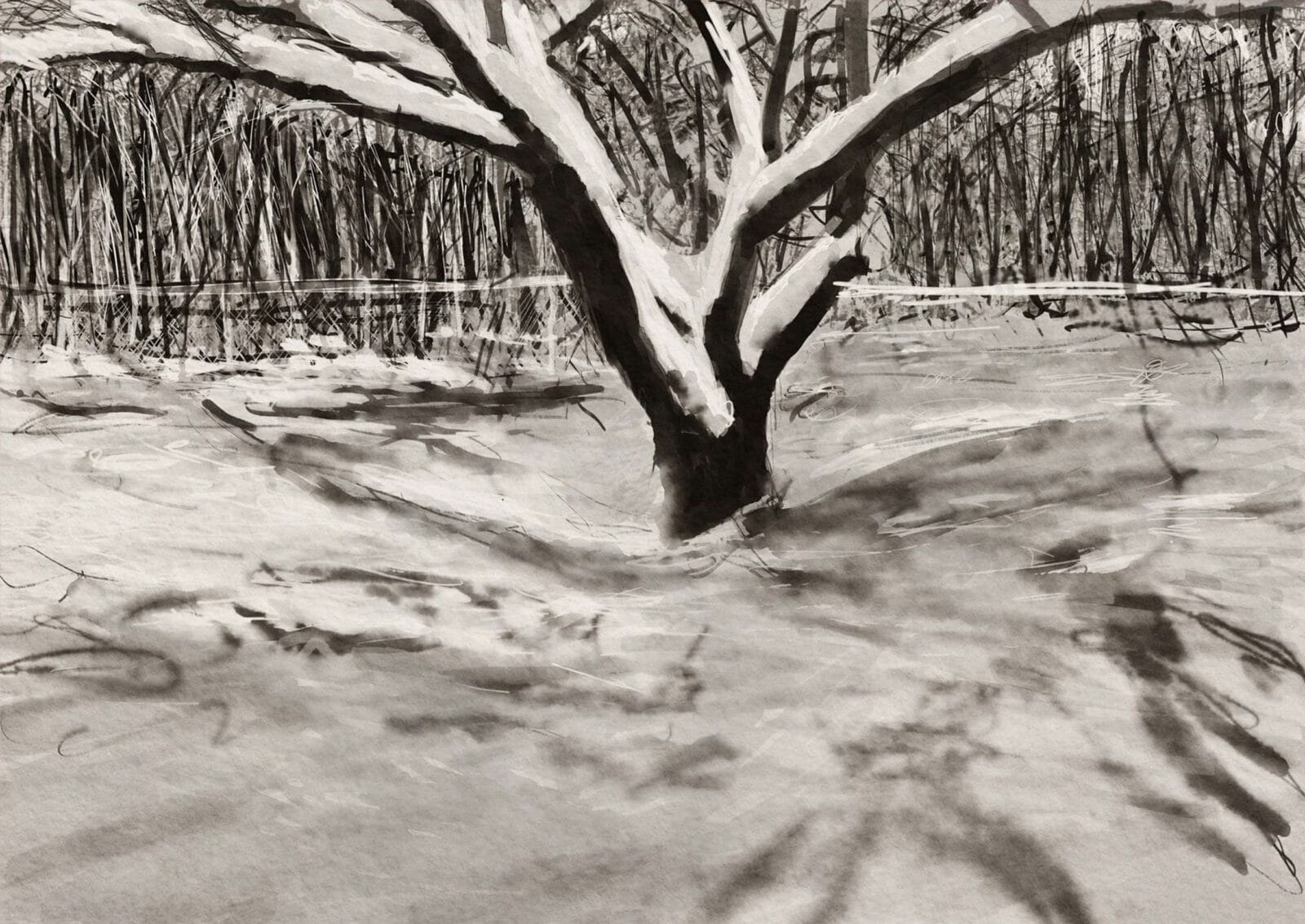
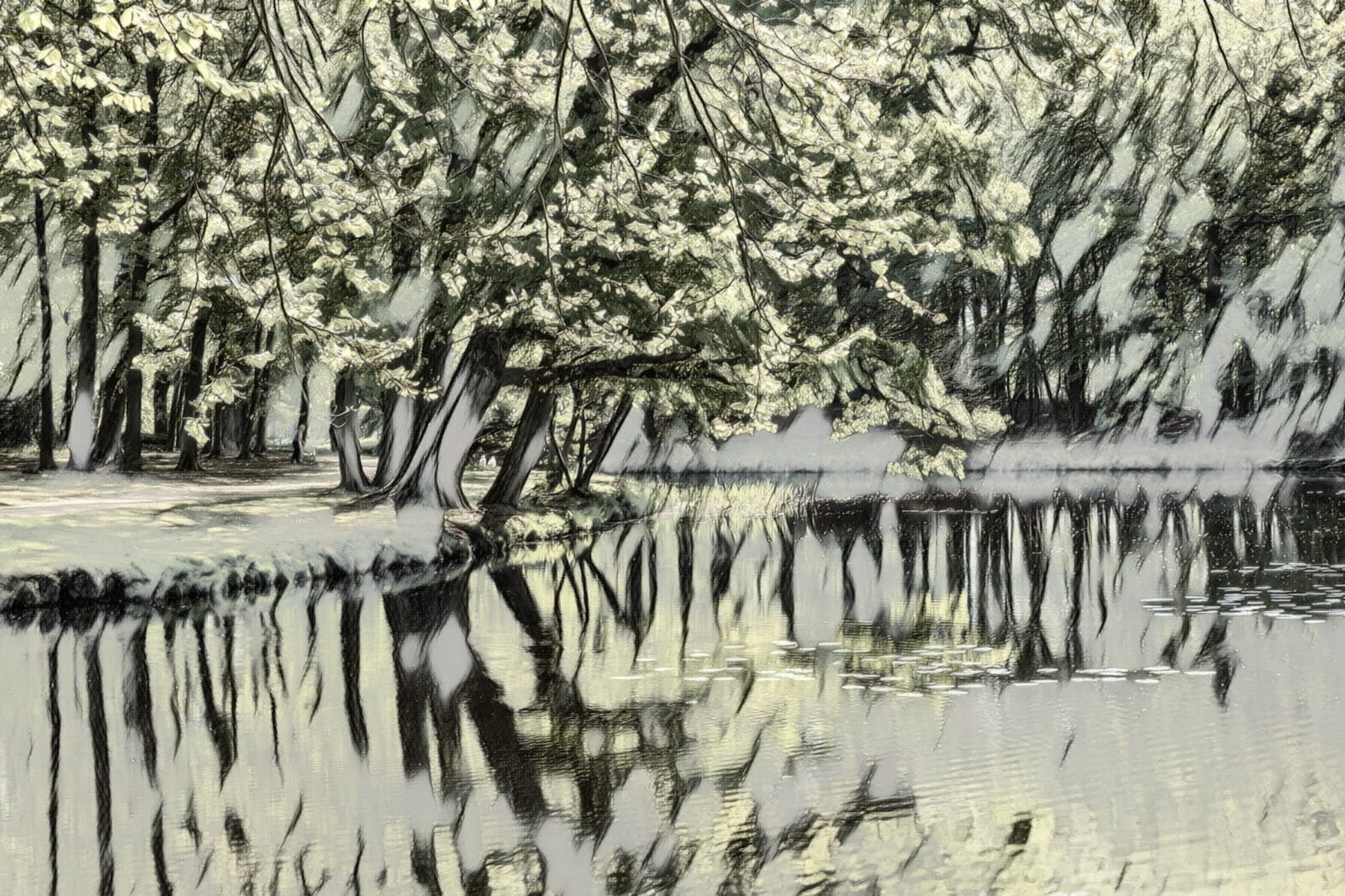
| Composition: | Understand chiaroscuro: Utilizing light and shadow to add depth and dimension can make the artwork more realistic. Strategically placing highlights and shadows will make the composition captivating. |
| Elements: | Incorporate foliage: Add trees, bushes, and other flora to the landscape to provide visual interest and establish a sense of place. The shapes, colors, and textures of foliage can enhance the composition. |
| Technique: | Create texture: Use mark-making techniques like stippling or cross-hatching to recreate texture. This adds detail and authenticity to the artwork. |
Consider unique details, such as clouds or geological formations, when drawing landscapes. These elements can add depth and character without overpowering the main subjects. Additionally, pay attention to proper perspective to add realism.
Correct placement of the horizon line and foreground objects helps create balance in the artwork. Use both fine lines and broader strokes to create an illusion of details in large landscapes. Get ready to unleash your inner artist—it’s time for a drawing safari!
Dramatic landscapes offer an excellent opportunity to explore the power and beauty of nature in your artwork. Here are ten suggestions for creating dynamic and impactful landscape drawings:
- Stormy Skies: Depict a landscape with dark clouds and dramatic lighting under a tumultuous sky. Capture the sense of an impending storm or its aftermath.
- Sunset or Sunrise Mountains: Draw a mountain scene at sunrise or sunset, with the sky ablaze in vibrant colors and the landscape bathed in warm or cool light.
- Cliffside Views: Illustrate a steep cliffside, possibly with waves crashing against it, adding a sense of scale and drama through the sheer drop and the power of the ocean.
- Desert Dunes at Twilight: This scene shows the vastness and solitude of a desert, with dunes creating exciting patterns and shadows, especially in the early morning or late evening light.
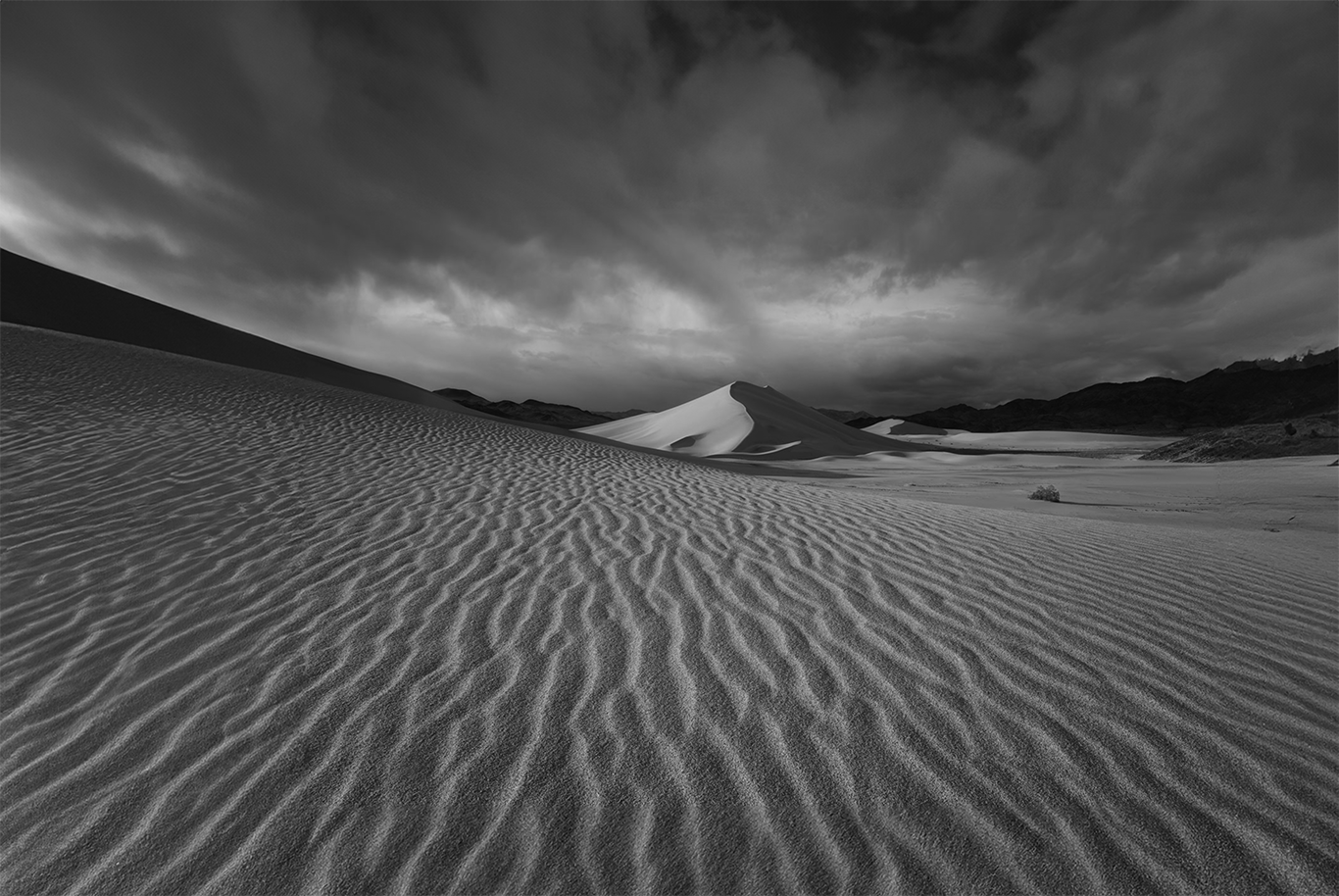
- Frozen Landscapes: Capture the harshness and beauty of a frozen landscape, such as icy fields, snow-covered forests, or glaciers, emphasizing the contrast between ice and sky.
- Volcanic Terrain: Depict a volcanic landscape with rugged lava fields and possibly a smoking volcano in the background, conveying nature’s raw power.
- Canyons and Gorges: These pictures illustrate the deep cuts and layers of a canyon or gorge with a river flowing through it. The play of light and shadow along the canyon walls can be theatrical.
- Waterfalls: Draw a mighty waterfall, capturing the movement of water and the mist in the air. The surrounding rocks and vegetation can add to the scene’s intensity.
- Forests with Light Beams: This scene depicts a dense forest with light beams piercing through the canopy, creating a mystical and dynamic atmosphere.
- Wildflower Fields with a Stormy Backdrop: Combine the gentleness of a field full of wildflowers with the drama of a stormy sky, contrasting the calm foreground and the turbulent background.
When drawing these landscapes, focus on the elements that convey drama – the contrasts between light and dark, the textures, and the scale of the natural elements. Charcoal is particularly effective for such scenes due to its range in creating deep shadows and subtle highlights. Let these ideas inspire you, and feel free to add your personal touch to make each landscape uniquely yours.
Animals: Wild and Domestic
The animal world is vast and diverse, inspiring our creative pursuits. We can explore their unique features through artistic expression. Below are some aspects artists can lean into to capture their essence:
Anatomy: Learning animal anatomy helps us draw them realistically. Discovering different body structures, frames, and muscles makes replicating easier.
Photographic References: High-quality photos offer valuable resources by showing the details, textures, and nuances of an animal’s features.
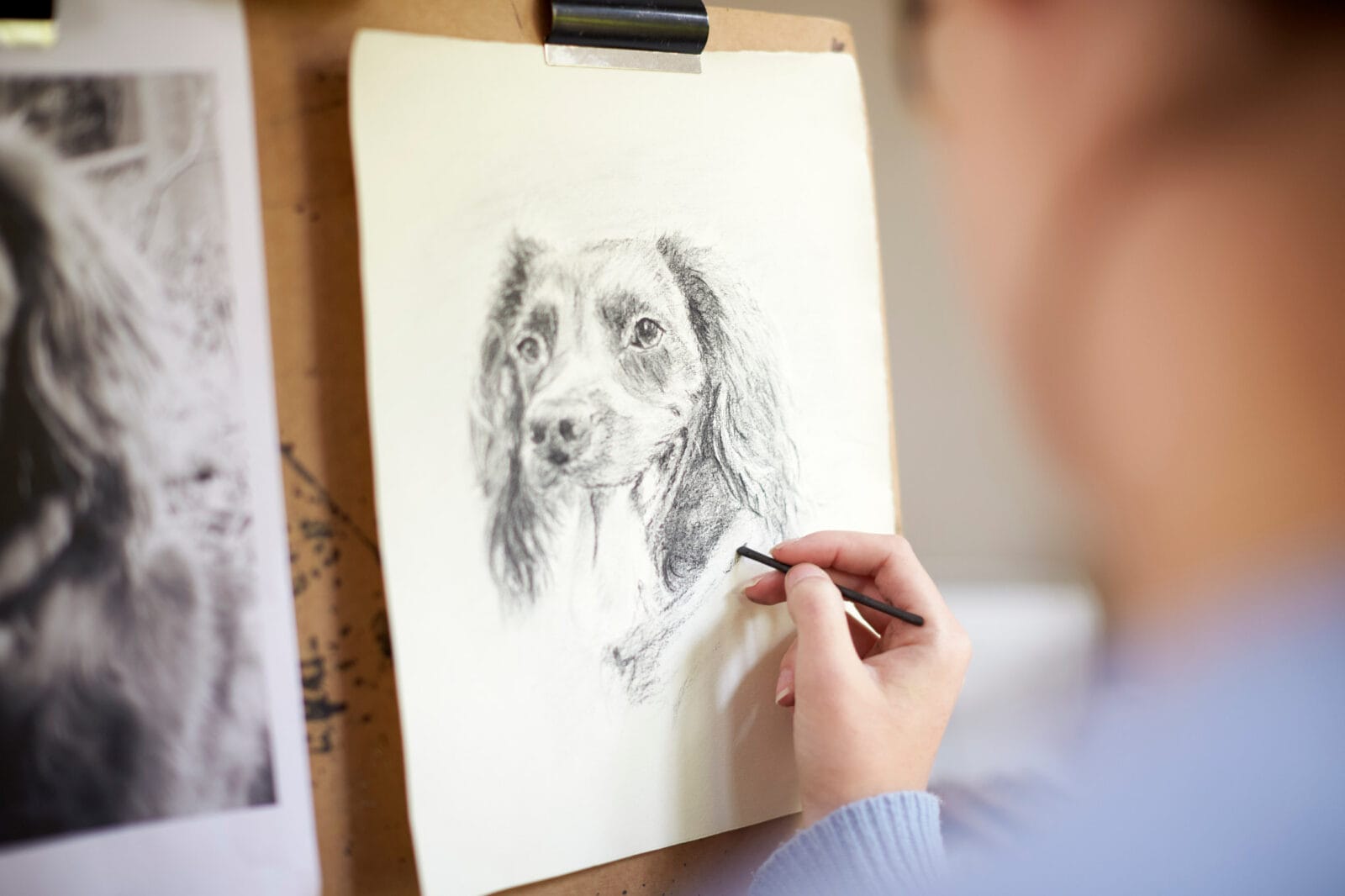
Instructions: Experienced artists can give us step-by-step instructions to help break down complex forms. This allows us understand and replicate them better.
Observing Nature: Visiting their habitats gives us insights into their behavior, movements, and interactions with their surroundings, which is useful in depicting their unique qualities.
Mediums: Exploring mediums like pencils, charcoals, and watercolors can help us capture animals’ beauty. Different mediums can add their unique flair.
Perspectives: Using different perspectives gives us fresh ways of depicting animals. Changing angles or zoom levels can bring out features with more detail.
Emotion: Animals have a wide range of emotions that can be shown through art. Capturing their expressions can evoke empathy and connect viewers.
Stories: Showing animals in settings creates engaging visual stories. Imagining scenarios where they interact adds context and depth.
Color Theory: Exploring color palettes and color theory can enhance our animal illustrations. Appropriate colors can make the artwork look more dimensional.
Hybrid Imaginary Creatures: Combining the features of different animals sparks creativity and allows us to explore new concepts.
Think of these suggestions as jumping-off points. Thinking about what interests you in a drawing can unlock a world of possibilities for capturing the beauty and essence of animals. Artists pursue multiple ideas, sometimes simultaneously in a single work, to elevate their skills, find a new point of view, and create captivating animal representations.
Drawing wild and domestic animals can be a fascinating and rewarding endeavor as each creature brings its unique form, texture, and personality to the canvas. Here are ten suggestions for animal-focused drawings:
- Majestic Lions: Capture the regal presence of a lion, focusing on the mane’s texture, the intense gaze, or a lioness caring for her cubs.
- Elegant Horses: Illustrate the grace and power of horses, whether in motion (like galloping or jumping) or at rest, highlighting their muscular build and expressive faces.
- Playful Dolphins: Draw dolphins leaping out of the water, capturing their playful spirit and the dynamic movement of their sleek bodies.
- Birds of Prey: Focus on birds like eagles or hawks, emphasizing their sharp features, focused eyes, and the spread of their wings.
- Gentle Elephants: Depict the strength and gentleness of elephants, either as a close-up of their textured skin and tusks or a scene of them in their natural habitat.
- Mysterious Owls: Create a drawing of an owl, focusing on the detailed feathers, their large, wise eyes, and perhaps perched on a tree branch.
- Colorful Butterflies: Although challenging, drawing butterflies can be rewarding, focusing on the intricate patterns of their wings and their delicate nature.
- Domestic Cats: Illustrate the various poses of domestic cats – sleeping, stretching, or playing – capturing their elegance and often enigmatic demeanor.
- Loyal Dogs: Dogs offer a wide variety of breeds to draw, each with its own characteristics. You could capture their playfulness, loyalty, or a moment of quiet companionship.
- Exotic Fish: Draw underwater scenes featuring exotic fish, focusing on their vibrant colors, patterns, and the fluidity of their movement.
In each of these drawings, strive to capture not just the physical appearance of the animals but also their essence and spirit. Pay attention to the textures – the fur, feathers, scales, and so on, as these are crucial in animal drawings. Also, consider the animal’s environment or context to add depth and interest to your artwork. Whether you aim for realistic depictions or more stylized interpretations, enjoy the process of exploring the animal kingdom through your art!
Looking At Nature
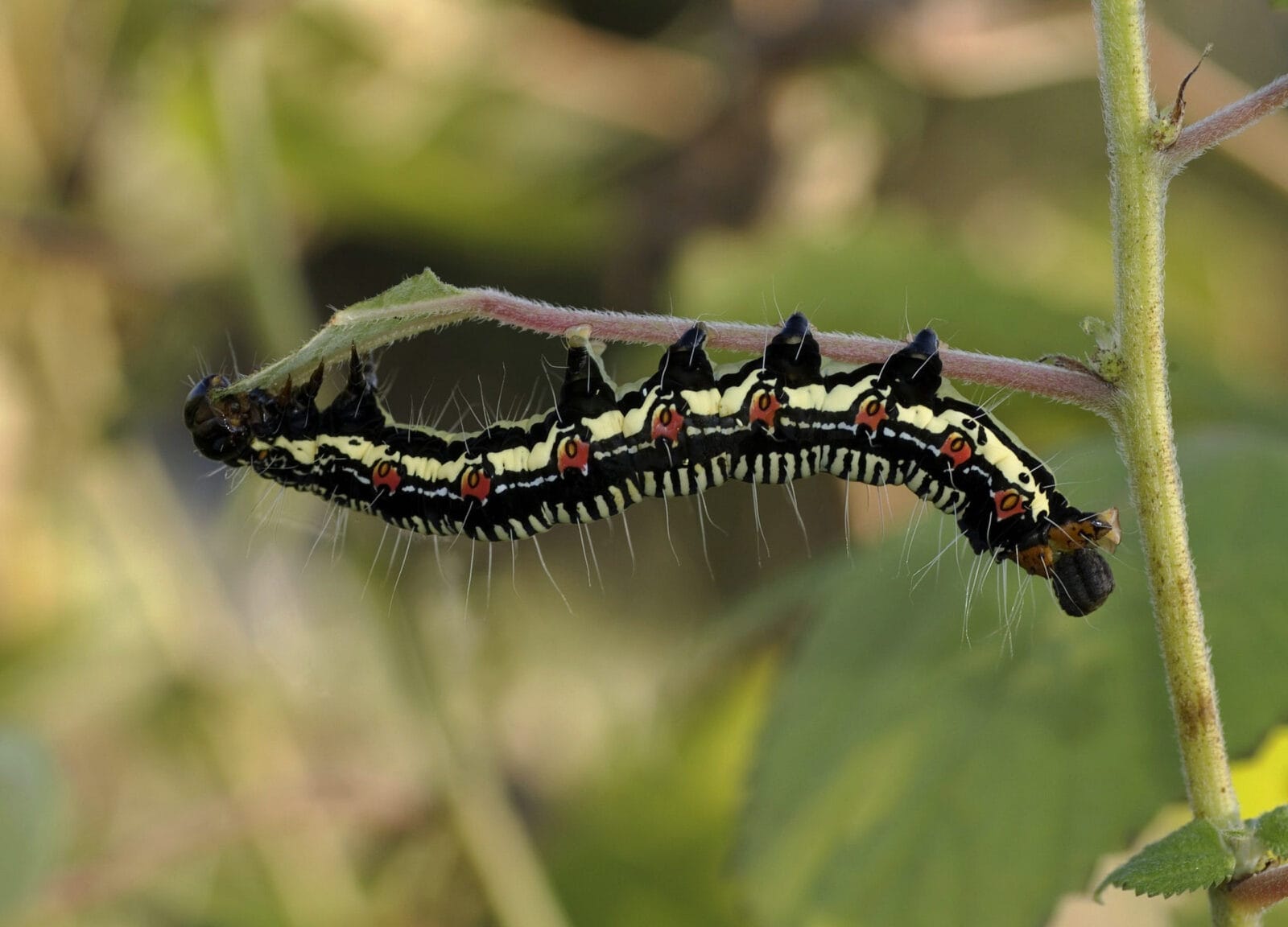
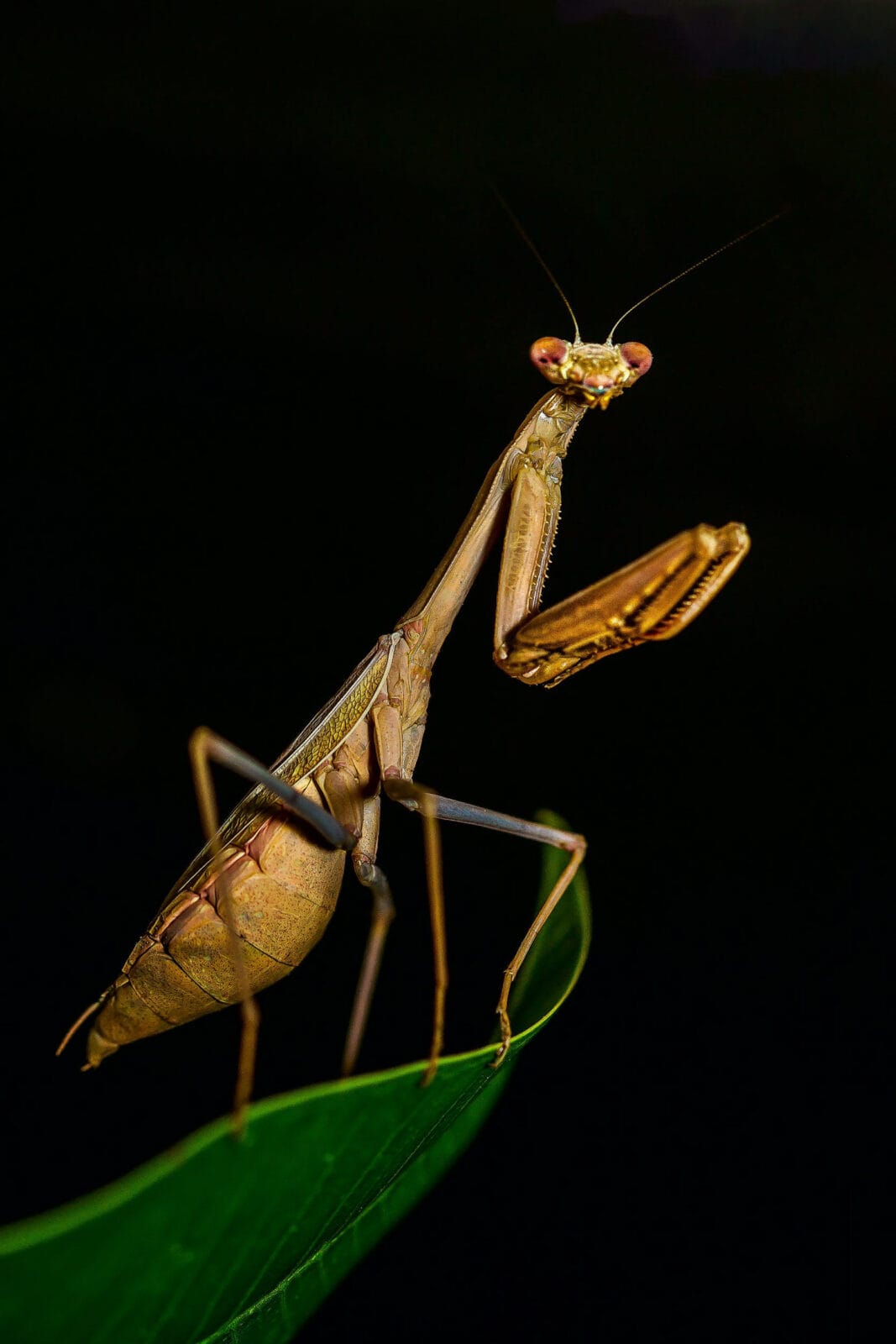
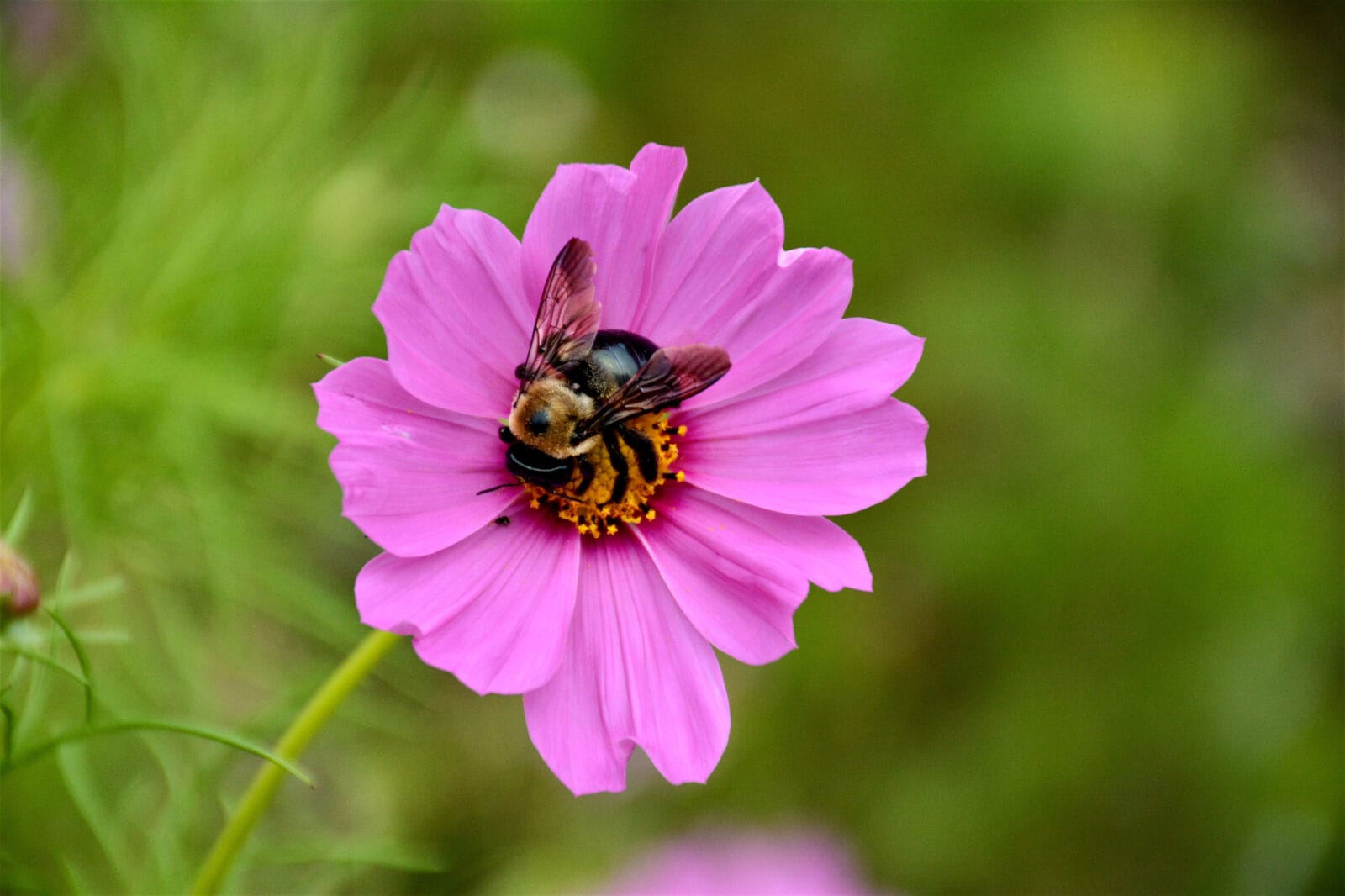
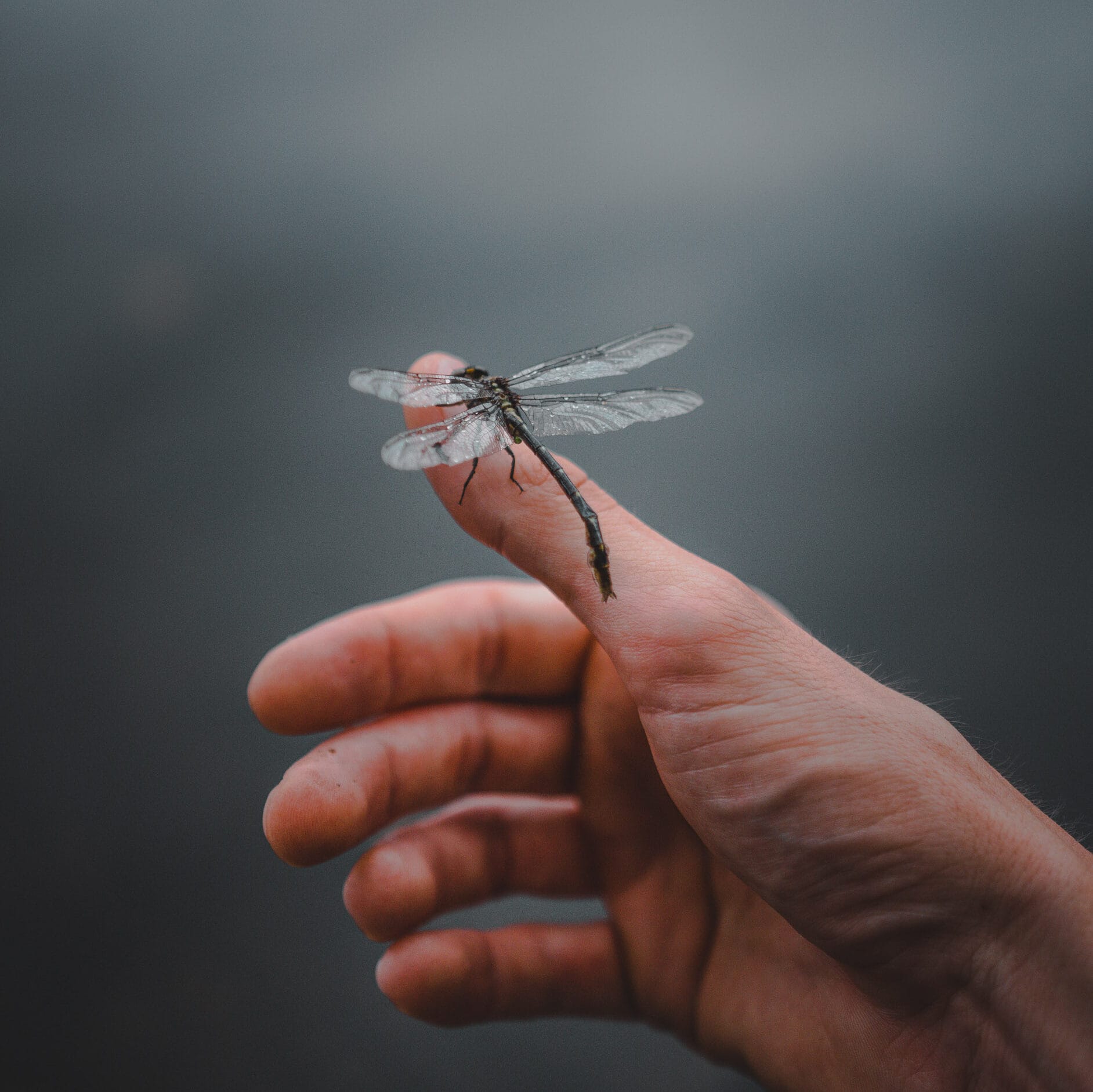
Unlock Your Creativity with Nature!
Gaze upon the beauty of nature and discover a wellspring of inspiration. Bird feathers and skeletons, flowers, seashells, and fish — each offer unique opportunities to explore. Insects and mammals provide movement and form, while plants and rocks bring textures and shapes to life. Water’s reflective qualities present an exciting challenge for any artist.
Turn to nature to fuel your artwork. Look closely and observe its intricate details. Capture its essence and explore various textures and shapes. Let the natural world open up your creativity and bring your drawings to life.
Embrace the wonders of nature and unlock artistic possibilities you never thought possible. Let your spirit soar as you uncover the depths of this magnificent realm.
Nature offers an abundance of inspiring subjects for charcoal drawings. Here are ten ideas that could spark your creativity:
- Ancient Trees: Focus on the intricate textures of bark and the majestic form of an old tree. Capture the contrast of light and shadow playing through its branches.
- Mountain Landscapes: Depict the rugged, dramatic lines of a mountain range. Explore the depth and scale, creating a sense of grandeur.
- Flowing Water: Whether it’s a gentle stream or a roaring waterfall, the movement of water can be both a challenge and a delight to capture with charcoal.
- Rock Formations: Look for interesting shapes in cliffs or individual stones. The varied textures and layers can provide a great study in light and shadow.
- Cloudscapes: Skies can be as expressive and varied as any landscape. From stormy to serene, clouds offer a range of tones and forms.
- Forest Paths: The play of light filtering through trees onto a forest path can create a magical and mysterious atmosphere.
- Wildlife: From the intricate feathers of a bird to the fur of a forest animal, wildlife provides an opportunity to explore detailed textures and dynamic poses.
- Floral Closeups: Zoom in on a flower or a group of flowers. Explore the delicate petals and leaves, focusing on the subtle shadows and organic forms.
- Sea and Shoreline: Capture the vastness of the sea meeting the land. The ebb and flow of tides, the texture of sand, and the rocks can all add interesting elements to your composition.
- Night Skies: Try depicting a starry night or the moonlit landscape. This can be a challenging yet rewarding subject, playing with contrast and subtle tonal gradations.
Remember, with charcoal, you have a wonderful medium for playing with light, shadow, and texture. Let these ideas inspire you, but also feel free to interpret them in your own unique way, aligning with your artistic vision and style. Happy drawing!

